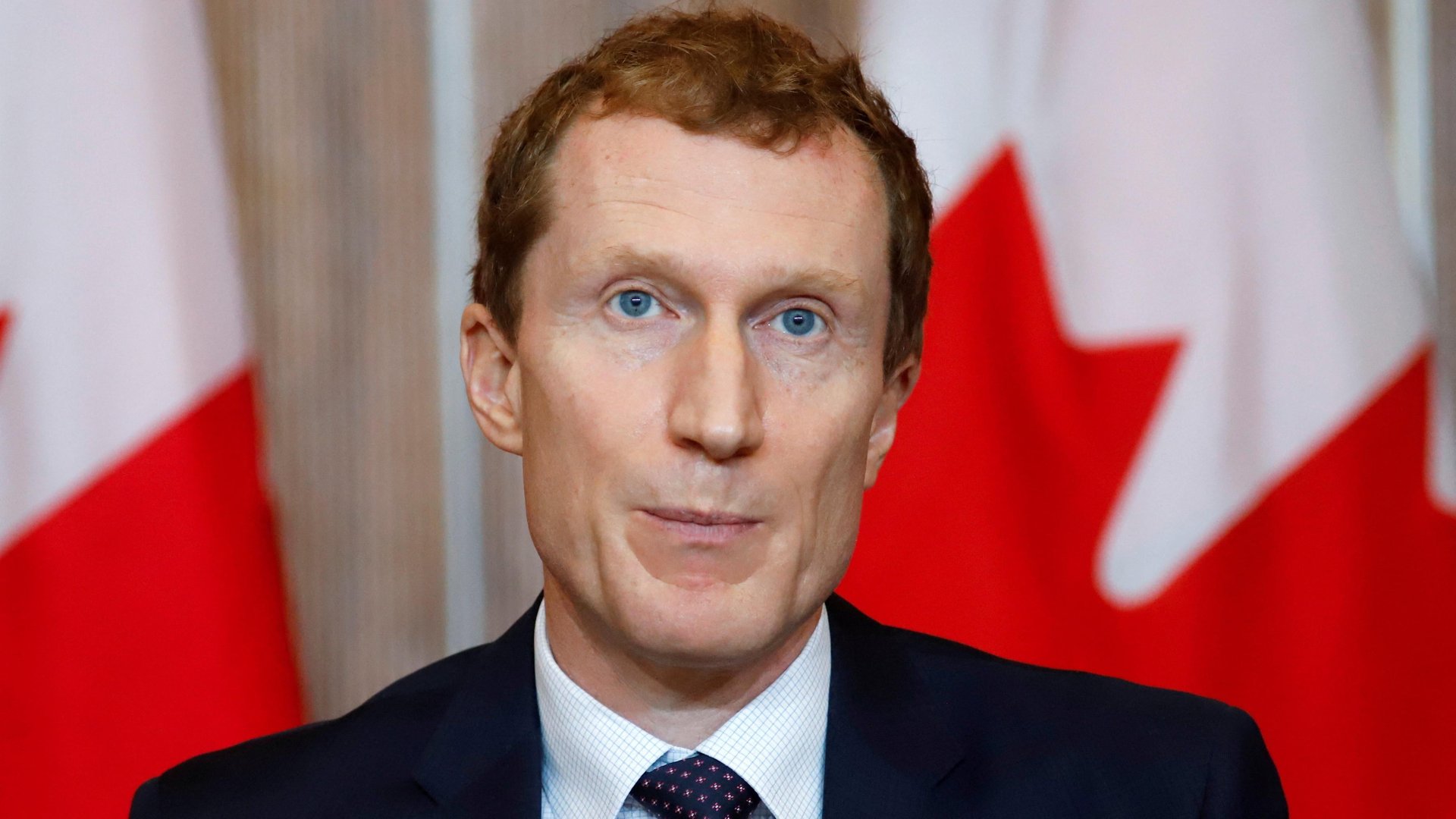Canada has a growing immigration retention problem
Amid a housing crunch and rising cost of living, more people are leaving

Canada’s immigration system is leaking immigrants at a faster rate than before.
Suggested Reading
The onward migration rate—when immigrants who came to Canada migrate to a third country—across all immigrant cohorts that arrived between 1982 and 2018 increased to 1.15% in 2017, up from 0.8% in 2016, according to a study (pdf) released by the Institute for Canadian Citizenship (ICC) and the Conference Board of Canada on Oct. 31. In 2019, it reached a further high of 1.18%.
Related Content
These rates are far above the 0.9% historical average of the onward migration rate among people who were granted permanent residence in or after 1982.
“This may not appear to be significant, but the number of departures adds up over time. It can lead to attrition of 20% or more of an arrival cohort over 25 years,” the report notes.
Like many developed nations, Canada has an aging population with a lower birth rate. It is dependent on its immigrant population to fill and fuel the workforce and economy. Most of the visas it doles out are skills-based.
Quotable: Retaining immigrants in Canada
“Investments in early positive experiences may help reduce overall levels of onward migration. Initiatives that foster a sense of belonging and attachment to Canada, together with policies that ensure immigrants and their families have opportunities for personal and career growth, could influence more immigrants to decide to stay in Canada.”
—Canada’s Oct. 31 “The Leaky Bucket” study (pdf)
A non-exhaustive list of why immigrants leave Canada
Canada has an affordable housing crisis. Coupled with rising living costs (pdf), it’s making immigrants consider moving out.
Their skills are underutilized. Immigrants with a university degree or above are 43% are more likely to work in jobs where their education level isn’t required, compared to their Canadian-born counterparts, according to a report from Royal Bank of Canada economists Nathan Janzen and Claire Fanhis. “[T]he failure for us to recognize their talent and professional credentials and work experience leads to, I think, what they perceive as an underpayment and that combined with the high cost of living leads to a status downgrade of sorts,” Daniel Bernhard, CEO of ICC, told Toronto’s CityNews last April.
Investment in infrastructure needs to be stepped up. The government needs to plan for increased infrastructure spending across the board, in healthcare, transit, education, and child care. In a blueprint for Canada’s pathway to strengthen its immigration system released by the country’s immigration minister Marc Miller on the same day as the Leaky Bucket study, he highlighted the pressing need of “integrating housing, healthcare, and infrastructure planning, along with other important services, into Canada’s immigration levels planning.”
Canadian immigration, by the digits
21%: Average cumulative onward migration rate after 25 years for cohorts granted permanent residence in the first half of the 1990s, versus 18% for cohorts who arrived in the 1980s. The numbers suggests a steady increase in onward immigration even excluding the two most recent years of data in 2017 and 2018.
4-7: The years since arrival between which most onward migration in Canada tends to occurs, peaking at year five.
8.3 million: People in Canada that were or had been an immigrant or permanent resident in Canada in 2021, comprising 23% of the population—the highest proportion recorded since Confederation in 1867. Immigration is the country’s main engine of population growth.
3:1: The ratio of Canada’s workers to seniors, down from 7:1 50 years ago. An aging population is fueling the change.
Two-thirds: Share of recent immigrants of core working age—between 25 and 54.
500,000: Permanent residents Canada wants to welcome annually by 2025.
3.5 million: More housing units Canada will need, in addition to what’s already being built, to restore housing affordability, per the Canada Mortgage and Housing Corporation.
